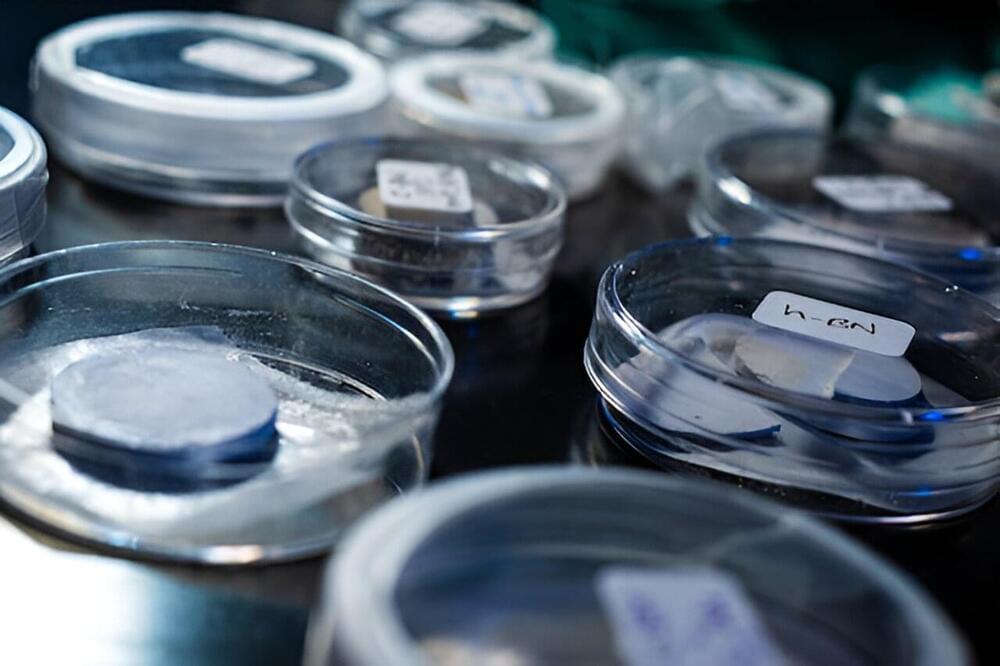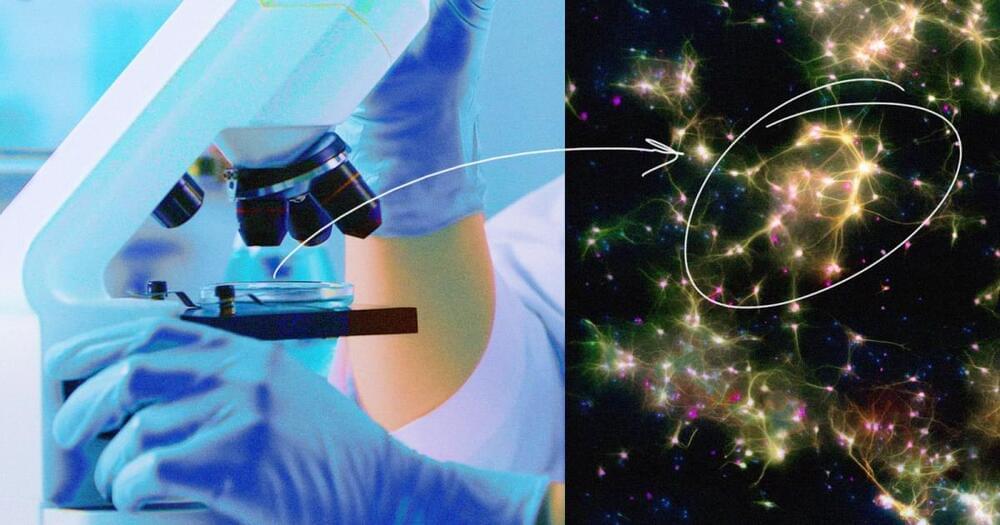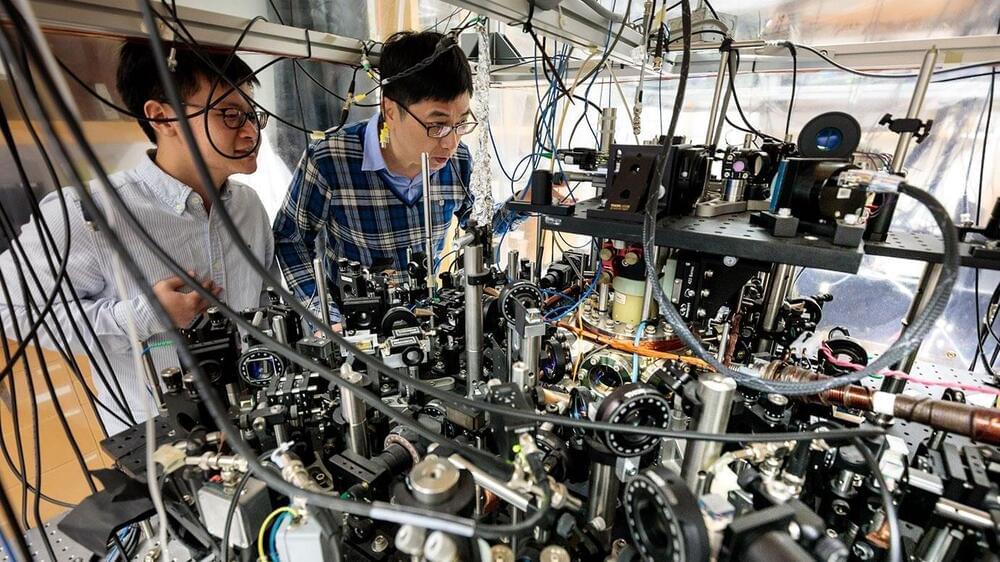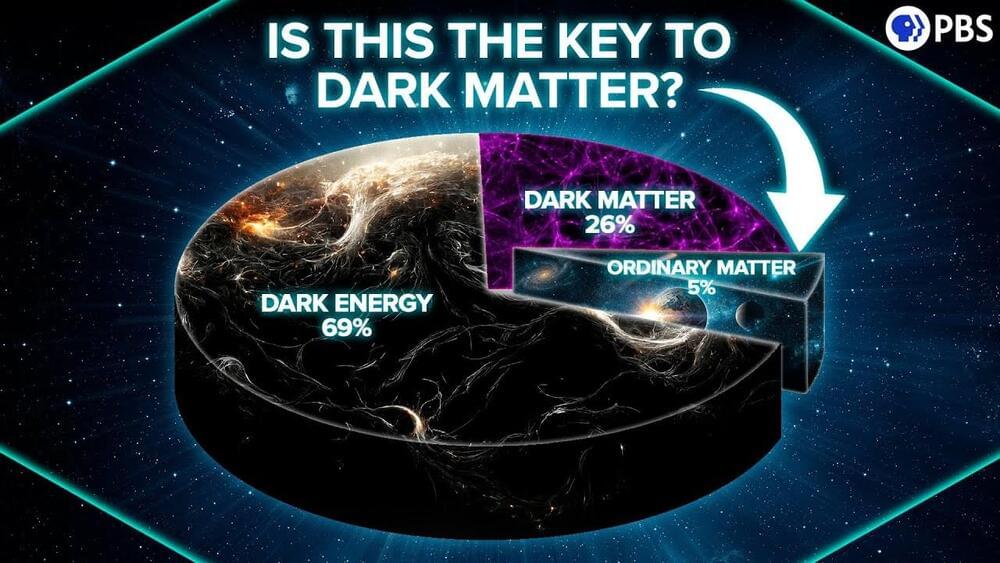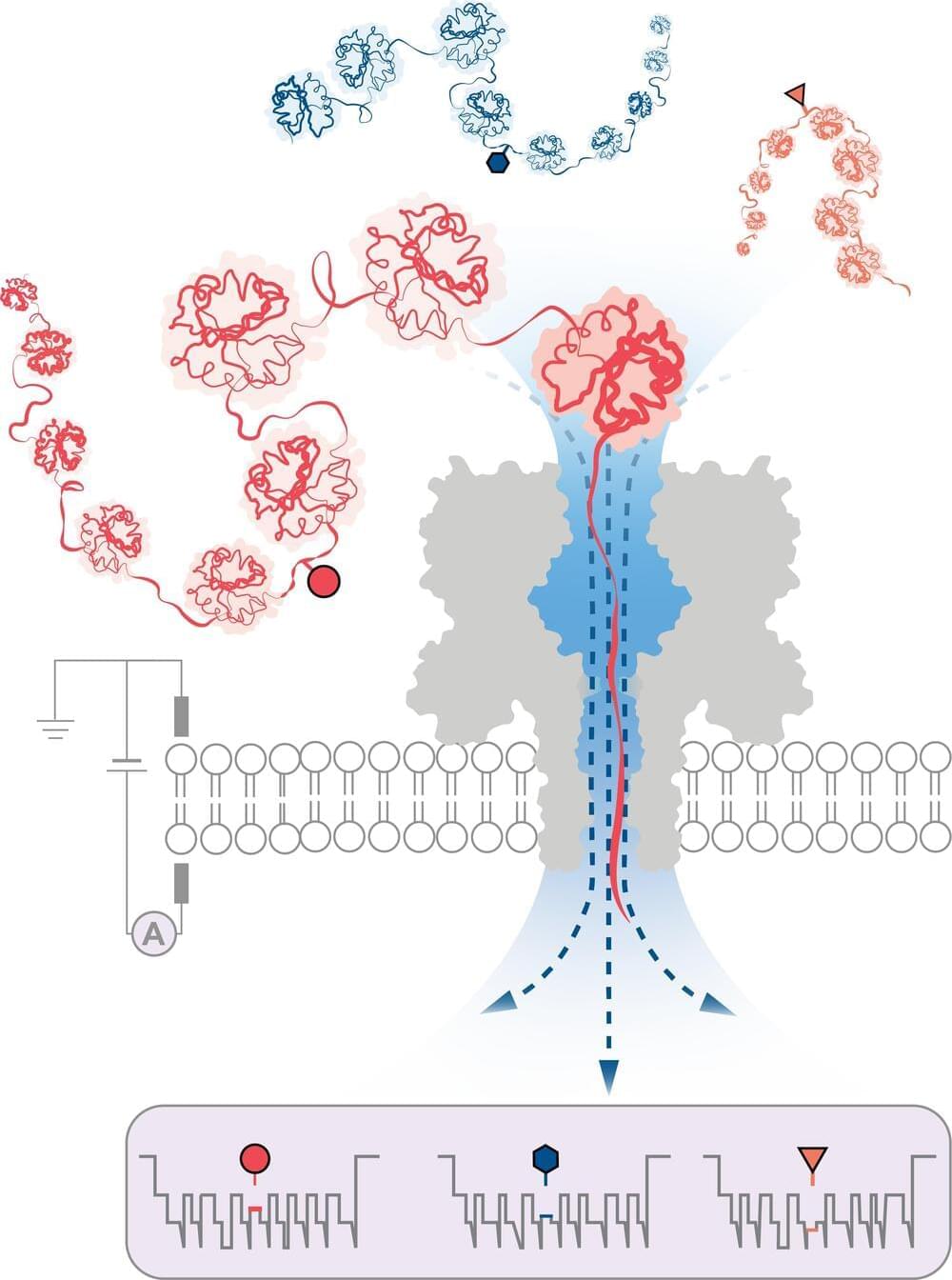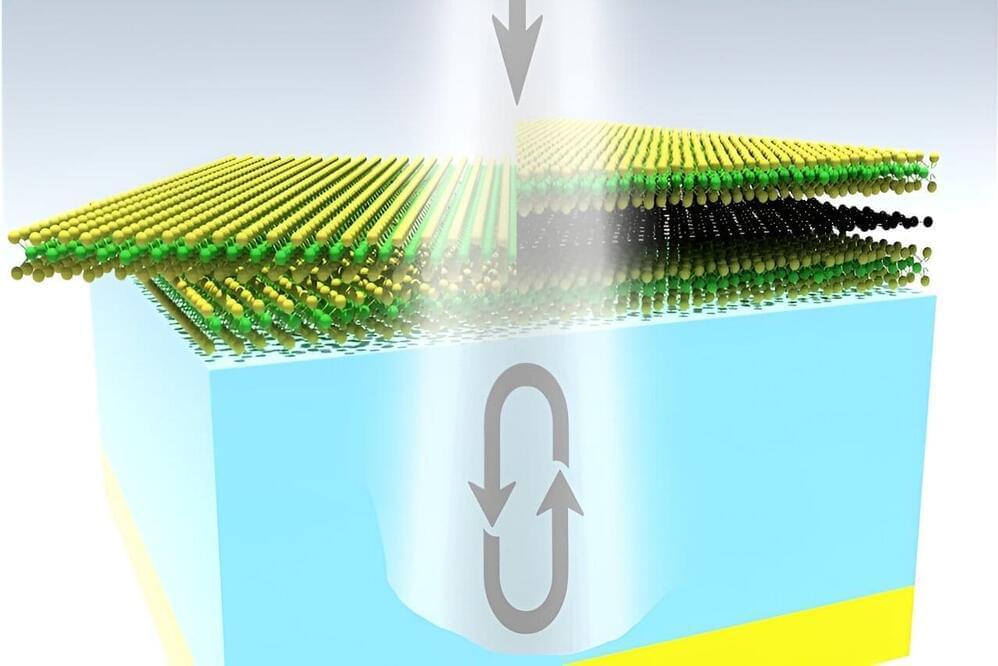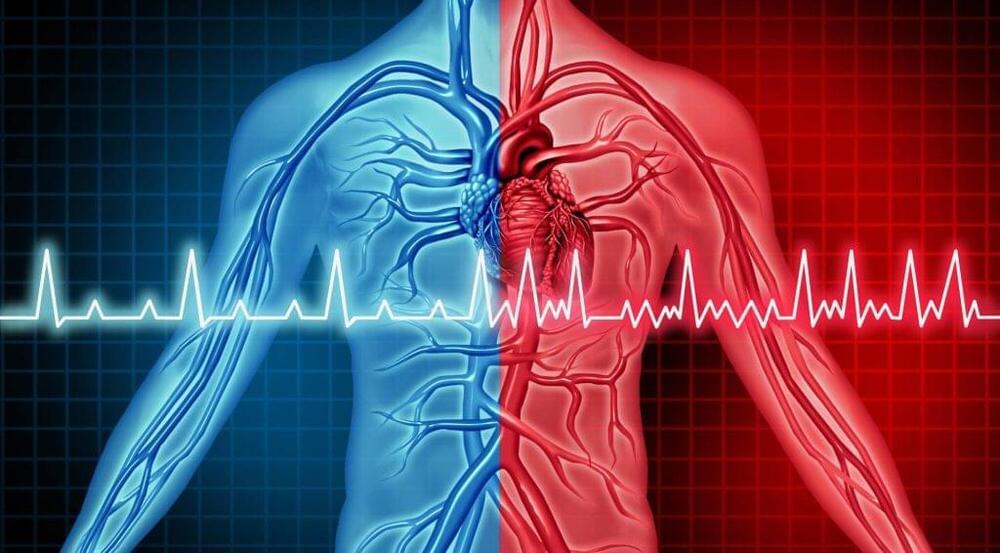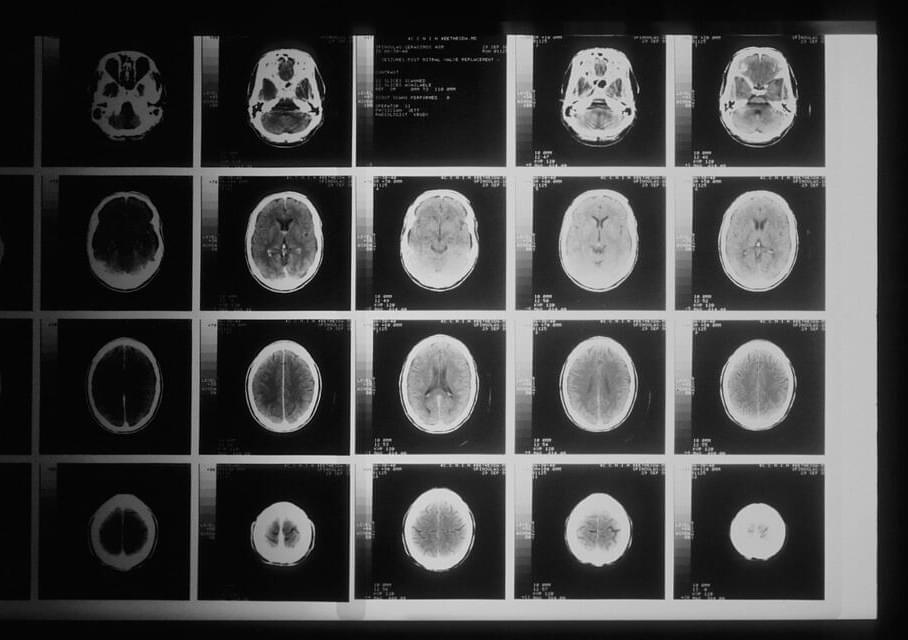Aug 7, 2023
Boron nitride-based nanocomposites have unexpected properties, researchers discover
Posted by Dan Breeden in categories: computing, quantum physics
Just as carbon makes up both the brittle core of a No. 2 pencil and the harder-than-steel diamond in a cutting tool, boron nitride gives rise to compounds that can be soft or hard. Yet, unlike carbon, far less is known about boron nitride’s forms and their responses to changing temperatures and pressures.
Rice University scientists mixed hexagonal boron nitride —a soft variety also known as “white graphite”—with cubic boron nitride—a material second to diamond in hardness—and found that the resulting nanocomposite interacted with light and heat in unexpected ways that could be useful in next-generation microchips, quantum devices and other advanced technology applications.
“Hexagonal boron nitride is widely used in a variety of products, such as coatings, lubricants and cosmetics,” said Abhijit Biswas, a research scientist who is the lead author of a study about the research published in Nano Letters. “It’s quite soft and it is a great lubricant, and very lightweight. It’s also cheap and very stable at room temperature and under atmospheric pressure.
